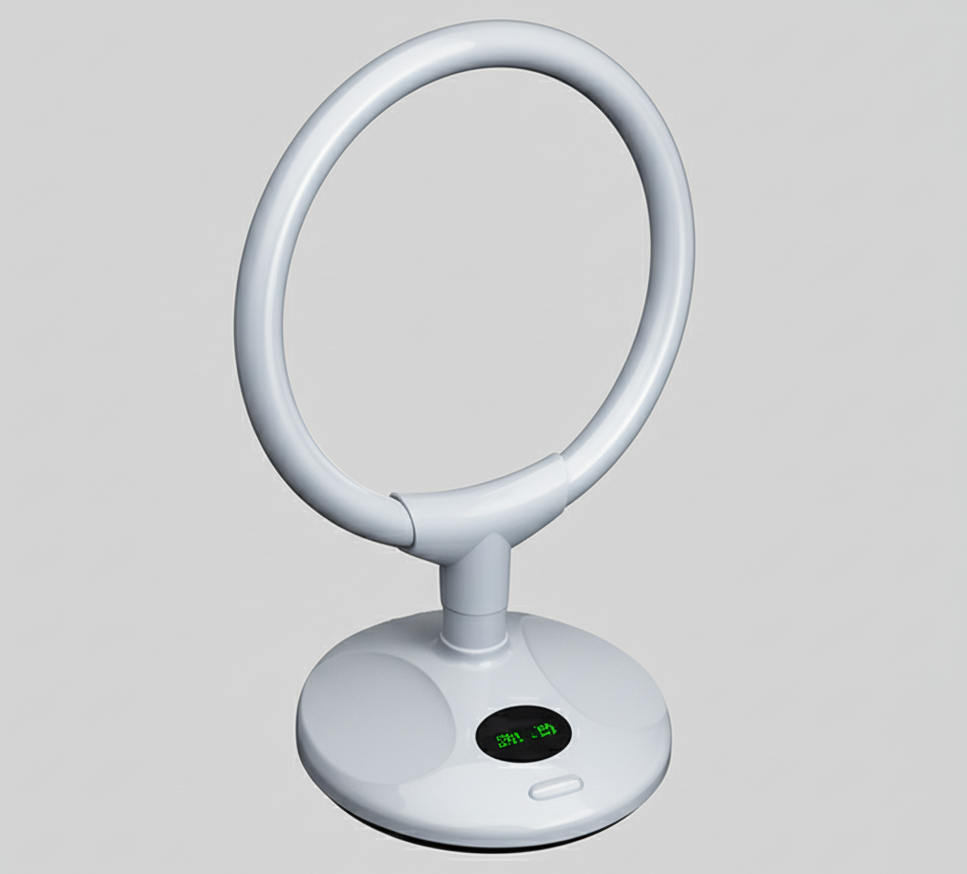Kingsgrove Branch:
Best Indoor TV Antenna

Best indoor tv antenna Australia – a crucial element for anyone seeking a reliable and cost-effective TV signal reception in the Land Down Under. From navigating the diverse array of antenna types to understanding the unique Australian broadcasting landscape, this comprehensive guide equips you with the knowledge to select the perfect indoor antenna. Whether you reside in a bustling city or a serene countryside, we'll explore the factors influencing reception and provide actionable steps for achieving optimal performance
This deep dive ensures you’re empowered to make an informed choice and enjoy crystal-clear picture quality
Discover a treasure trove of information about various indoor antenna types, their features, price points, and suitability for diverse Australian locations. This detailed overview will empower you to make the most informed decision when selecting the best indoor TV antenna for your home. We'll also examine the intricacies of connecting your chosen antenna to your television and troubleshooting common issues, providing practical solutions for enhancing your viewing experience
Indoor TV Antennas in Australia: A Comprehensive Guide
Finding a reliable way to get your favourite TV shows and channels in Australia can be a challenge, especially if you're not using cable or satellite. Indoor TV antennas offer a cost-effective alternative, but choosing the right one and getting it set up properly can seem daunting. This guide breaks down everything you need to know about indoor TV antennas in Australia, from selecting the best option to connecting it to your TV
Understanding Indoor TV Antenna Technology
Indoor TV antennas work by picking up radio signals broadcast by local TV stations. These signals are then converted into a format your TV can display. Compared to cable or satellite, indoor antennas are often more affordable, but their performance depends on several factors. Cable offers consistent signal quality, but it comes with a subscription fee. Satellite reception can be affected by weather conditions and satellite positioning
Types of Indoor Antennas Available in Australia
Several indoor antenna types are available in Australia, each with its strengths and weaknesses. Understanding these differences can help you choose the right one for your needs
- Rabbit Ear Antennas: These are the most basic type, often inexpensive but with limited reception range. They're good for simple setups but might not pick up all local channels
- High-Gain Antennas: These antennas have a wider reception range and are better at picking up weaker signals. They're a good option for those in areas with limited signal strength
- Multi-Directional Antennas: These antennas are designed to receive signals from multiple directions, which can be useful for those living in areas with many broadcast towers
- Smart Antennas: These newer antennas often use technology to automatically adjust their direction to optimize reception. They are typically more expensive but may offer better performance
Factors Affecting Indoor Antenna Performance
Several factors influence how well your indoor antenna performs. These include the materials of your home and its proximity to broadcast towers
- Building Materials: Metal and concrete can block or reflect TV signals. Understanding the composition of your home's structure is key
- Signal Strength: The signal strength from the transmitting tower is crucial. Antennas in areas with strong signals will have better performance
- Distance from Tower: The further away you are from the transmitting tower, the weaker the signal. This is a major factor to consider
- Signal Interference: Other electronic devices can interfere with the signal. This is something to be aware of, particularly in urban areas
Connecting Your Antenna to Your TV
Connecting your indoor antenna to your TV involves several steps and a few key pieces of equipment
- Coaxial Cable: This cable is essential for carrying the TV signal
- Cable Connectors: These connectors connect the cable to the antenna and your TV
- Channel Setup: After connection, you'll need to set up the correct channels on your TV
For a modern smart TV, the connection process is generally straightforward. Consult your TV's manual for specific instructions
| Troubleshooting Steps |
|---|
| Check cable connections, antenna placement, and signal strength |
| Check all connections, antenna placement, and signal reception in your area |
Top-Performing Indoor Antennas in Australia
Selecting the right indoor antenna involves considering factors like reception range, signal strength, and compatibility with local channels. Researching popular models and brands can help you find a great option
| Reception Range | Price |
|---|---|
| Good | $30 |
| Excellent | $100 |
| Very Good | $180 |
Using HDMI for Connections, Best indoor tv antenna australia
HDMI connections are crucial for modern TV setups, especially for connecting external devices. However, they aren't directly used with indoor TV antennas. Antennas receive signals in a different format, requiring a different connection method
Tips and Tricks for Improving Reception
Optimizing antenna placement and minimizing interference can significantly improve your TV reception. Experiment with different positions and consider using a signal booster in challenging environments
Final Wrap-Up
In conclusion, choosing the best indoor TV antenna in Australia hinges on understanding your specific needs and local broadcasting environment. By considering factors like signal strength, building materials, and distance from transmission towers, you can significantly enhance your reception. This guide has equipped you with the tools to make an informed decision and ultimately enjoy high-quality TV reception. See caravan TV antenna
Remember, proper installation and troubleshooting are key to maximizing your antenna's performance. Happy viewing
FAQ Corner: Best Indoor Tv Antenna Australia
What's the best way to troubleshoot weak signals?
Try adjusting the antenna's placement and orientation, checking for obstructions, and ensuring a proper connection. If issues persist, consult the manufacturer's instructions or seek professional assistance
How do I choose the right antenna for my home?
Consider the size of your home, the distance from broadcasting towers, and the types of building materials. Read reviews and compare features and specifications before making a purchase
Are signal boosters necessary?
Signal boosters can be helpful in areas with weak signals, but their effectiveness depends on the specific circumstances. Consider the cost-benefit analysis before investing in one
What are the common problems with connecting an antenna to a smart TV?
Compatibility issues, incorrect cable connections, and channel settings are some common problems. Ensure you have the correct coaxial cable and follow the TV's instructions for channel setup.
Recent posts

Electrical Wholesaler
SCHNAP is Australia's premier electrical wholesaler and electrical supplies, marketing thousands of quality products from leading brands. Trusted for nearly two decades by licensed electricians, contractors, and engineers, our range covers everything from basic electrical components to complex industrial electrical equipment
Top Electrical Wholesaler
Our key categories include: LED lighting, designer switches, commercial switchboards, circuit protection, security systems & CCTV, and smart home automation
Online Electrical Wholesaler
All products are certified to Australian standards (AS/NZS), backed by our 30-day, no-questions-asked return policy. Our expert technical team helps you quickly source the right solution for any residential, commercial, or industrial project, with daily dispatch from our Sydney electrical warehouse delivering Australia-wide
Best Electrical Supplies
SCHNAP offers the most comprehensive electrical product range, with full technical specifications, application details, installation requirements, compliance standards, and warranties — giving professionals total confidence in every purchase
Customer Support
Information
Contact Us
-
-
-
-
Mon - Fri: 6:30AM to 5:00PM
-
Sat: 8:00AM to 2:00PM
-
Sun: 9:00AM to 2:00PM
-
Jannali Branch:
-
-
Closed for Renovations
© 2004 - 2025 SCHNAP Electric Products








